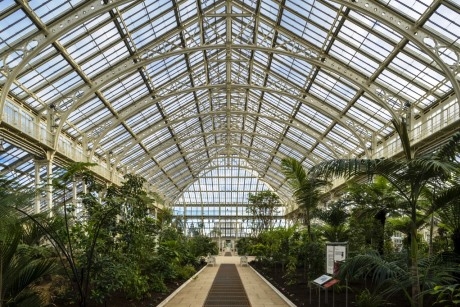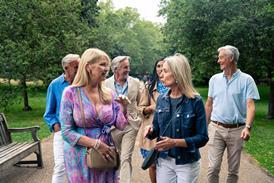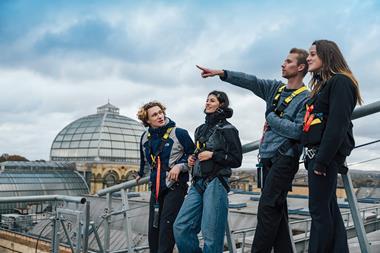
Said to be the world’s largest Victorian glasshouse, the spectacular Temperate House has reopened at the Royal Botanic Gardens, Kew in London.
This is the largest restoration project in the entire history of Kew. Inside the Temperate House, over 10,000 plants have been homed, making this structure an architectural wonder with great appeal to horticultural groups.
What is the Temperate House?
The Victorian glasshouse, first opened in 1863, is home to some of the world’s rarest and most threatened plants. The Temperate House tells the stories of the plants that Kew has rescued, and the journeys they have taken to reach the sanctuary of their new home.
Entering the glasshouse, visitors will embark on a ‘round-the-world adventure’.
They might find themselves in South Africa, where they will see the cycad encephalartos woodii, known as the ‘loneliest tree in the world’. Its Jurassic appearance helped it to withstand the nibbles of prehistoric predators, but now only male specimens exist and the quest for a female has been unsuccessful.
Another treasure is the dombeya mauritiana tree, thought to be extinct in the wild until Kew's Carlos Magdalena found one growing in the highlands of Mauritius. After trials and tribulations (including forming a human ladder to reach the lowest branch), Carlos was able to gather and return with cuttings, and Kew is now reportedly the only place in the world with this tree in cultivation.
Around the corner, from the mountains of Nepal, visitors will encounter the taxus wallichiana, exploited for the Taxol market (a chemotherapy drug) and now subject to a clonal propagation program to help conserve it in the wild.
Richard Barley, director of horticulture at RBG Kew, said: "It’s been amazing watching this project unfold, the building emerge gloriously and some of the world's rarest plants safely reach their home.
“I’m most excited that it is for everyone, from young to old, for budding gardeners or aspiring artists, for those making a pilgrimage from great distances, and for our local community, we hope every visitor will see plants in a new light”.
Groups visiting Kew can take advantage of discounted entry rates.
For more information visit www.kew.org.
(Photo credit: Gareth Gardner).












